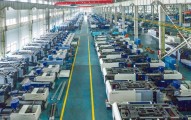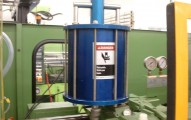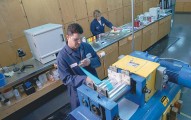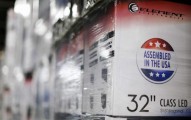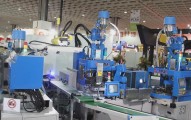The Changing Face of European Injection Molding Industry
Global economic conditions have left their impact on the European injection molding industry. According to a new report published in January by AMI Consulting, Western Europe has seen the closure of more than 27% of its injection molding sites since 2005. Although the number of molders did increase in Central and Eastern Europe, AMI’s analysis suggests that overall the number of molding sites in Europe will be further reduced by another 2% in 2018.
The report, an updated version of a similar report published in 2010, writes that within Europe the individual countries face different economic prospects, but that throughout the region the injection molders are challenged by OEM price pressure, rising raw material costs and the risks of manufacturing shifting to lower cost locations. Further rationalization, concludes AMI, is inevitable.
The report quantifies the industry in terms of its value and the volume of polymer processed by country, together with a detailed assessment for each of the major markets served. AMI has calculated that the value of the European plastics injection molding industry in 2014 was 11% higher than its pre-crisis value: although the volume of polymer processed was still about 7% lower than in 2007. Much of the value increase is associated with higher raw material costs but the industry has striven to maximize the potential of new and added value opportunities.
The packaging sector remains by far the largest injection molding market in terms of polymer volume consumed, particularly because it includes demand for PET preforms. As the packaging sector typically serves local consumer demand, it is almost equally important across every country. By comparison, the automotive market is the most valuable injection molding sector: its demand is increasingly being focused in countries retaining or attracting vehicle assembly. Within Europe, the shift of molded volume from Western to Central and Eastern Europe has largely been a result of following the investment by customers, particularly the automotive and electrical appliance manufacturers. However, the economic development of these regions has also created a larger consumer market to the benefit of the whole molding sector.
The global recession accelerated the process of rationalization of the European injection molding industry that had been underway for several years, particularly in Western Europe. Using analysis of AMI’s proprietary injection molding database, the report tracks the structural changes within the industry, which is currently reported to comprise more than 8,500 different companies across Europe. These range from small, family owned concerns up to multinational groups. The importance of molding to the overall business can also vary significantly, which means that a wide range of business models exist in the industry.
Western Europe has continued to experience the most contraction, with more than 2,000 molding sites having been closed down since 2007. In Central and Eastern Europe, however, closures have been more than offset by new entrants: the region continues to attract a high level of new investment. While the overall rate of decline in molding sites is forecast to slow down, AMI forecasts that Europe will lose a further 2% of its injection molding sites by 2018. However, polymer demand and industry value for injection-molded products is forecast to grow across almost every market sector. The higher demand will therefore be met by a smaller, yet more cost effective, strategically located supplier base.


